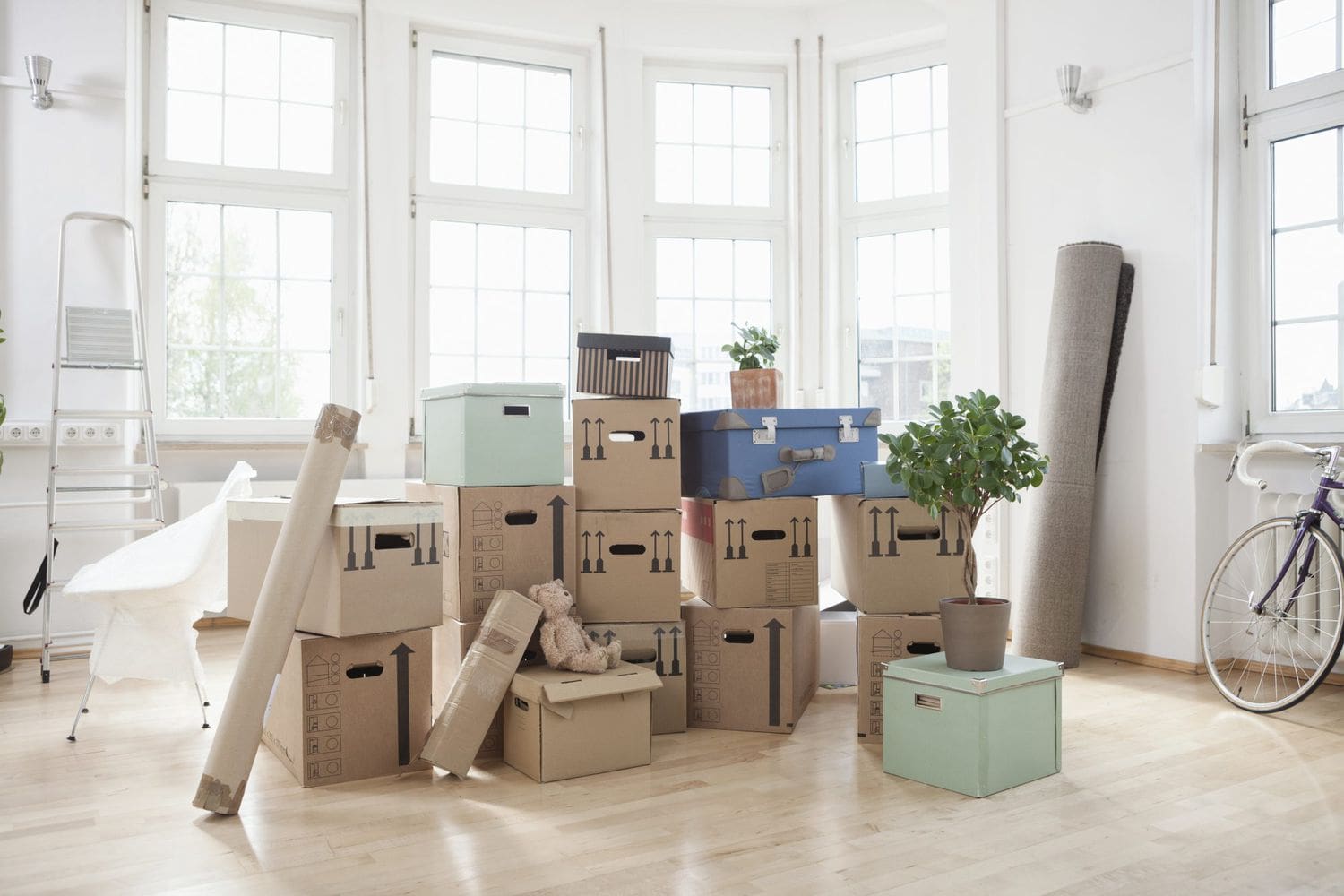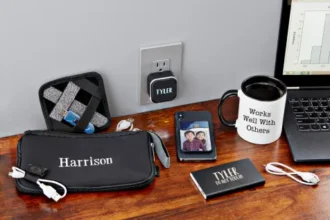Looking for expert tips to make your packing and moving process smoother? Check out these 12 invaluable tips that will streamline your relocation experience and reduce stress.
Introduction
Moving to a new home marks the beginning of an exciting chapter in your life. However, the process of packing and moving can often be daunting, filled with challenges and uncertainties. In this guide, we will explore 12 expert tips designed to alleviate the stress and streamline the entire moving process, ensuring a smooth transition to your new abode.
Planning Ahead: The Key to a Stress-Free Move
Creating a Moving Checklist
A moving checklist serves as your roadmap, guiding you through each stage of the relocation process. Begin by listing all the tasks that need to be accomplished, from decluttering and packing to notifying utility companies and scheduling movers. Breaking down the tasks into manageable steps will help you stay organized and focused.
Setting a Realistic Timeline
Time management is crucial when it comes to moving. Start planning well in advance to avoid last-minute rush and stress. Consider factors such as the size of your home, the number of belongings you need to pack, and any special arrangements that need to be made. Allocating specific timeframes for each task will help you stay on track and ensure everything gets done efficiently.
Researching Moving Companies
If you’re planning to hire professional movers, it’s essential to do your homework. Research and compare moving companies in your area, paying attention to factors such as reputation, experience, and pricing. Reading reviews and asking for recommendations from friends or family members can help you make an informed decision. Additionally, ensure that the moving company is properly licensed and insured to protect your belongings during transit.
Packing Like a Pro: Tips for Efficient Packing
Stocking Up on Packing Supplies
Gather all the necessary packing supplies before you start packing. This includes sturdy boxes in various sizes, packing tape, bubble wrap, packing paper, markers, and labels. Having all your supplies on hand will prevent unnecessary delays and ensure a smoother packing process.
Decluttering Before Packing
Moving presents an excellent opportunity to declutter and simplify your life. Take the time to go through your belongings and identify items you no longer need or use. Donate, sell, or discard these items responsibly, reducing the amount of stuff you need to pack and making the unpacking process more manageable.
Packing Room by Room
To maintain organization and efficiency, tackle packing one room at a time. Start with rooms that are used less frequently, such as guest rooms or storage spaces, and work your way towards high-traffic areas like the kitchen and living room. This approach will help you stay focused and prevent items from getting misplaced or forgotten.
Ensuring a Smooth Transition: Tips for Moving Day
Labeling Boxes Clearly
Labeling boxes with their contents and destination rooms is essential for a smooth unpacking process. Use a permanent marker to clearly label each box, including details such as the room it belongs to and a brief description of its contents. This will make it easier for movers to place boxes in the correct rooms in your new home and help you locate specific items during the unpacking process.
Packing an Essentials Box
Prepare an essentials box containing all the items you’ll need for the first few days in your new home. This could include toiletries, medications, bedding, a change of clothes, important documents, and any essential kitchen items. Keep this box easily accessible, either in your car or with you during the move, so you can access its contents as soon as you arrive at your new residence.
Communicating with Movers
Effective communication with your movers is key to a successful move. Provide them with clear instructions, including any special handling requirements for fragile or valuable items. Be available to answer any questions they may have throughout the moving process and notify them of any changes or updates to your plans. Open communication will help ensure that your move goes smoothly and according to schedule.
FAQs (Frequently Asked Questions)
How far in advance should I start planning my move? It’s advisable to start planning your move at least 8-12 weeks in advance to ensure you have ample time to complete all necessary tasks without feeling rushed.
What are the essential packing supplies I’ll need? Some essential packing supplies include boxes in various sizes, packing tape, bubble wrap, packing paper, markers, and furniture blankets.
Should I hire professional movers or opt for a DIY move? The decision to hire professional movers or handle the move yourself depends on various factors such as your budget, the distance of the move, and the complexity of your belongings.
How can I ensure the safety of my fragile items during the move? To protect fragile items during the move, use plenty of cushioning materials such as bubble wrap or packing paper, and pack them snugly in sturdy boxes. Clearly label these boxes as fragile to ensure careful handling.
What should I do with items I no longer want to keep? Consider donating, selling, or recycling items you no longer want to keep. This will not only lighten your load during the move but also benefit others in need.
How can I stay organized during the unpacking process? Start by unpacking essentials boxes containing items you’ll need immediately. Then, prioritize unpacking room by room, focusing on one area at a time to avoid feeling overwhelmed.
Conclusion
Moving doesn’t have to be a stressful experience. By following these 12 expert tips, you can significantly ease the packing and moving process, ensuring a smooth transition to your new home. Remember to plan ahead, pack efficiently, and communicate effectively with your movers to ensure a successful move.














